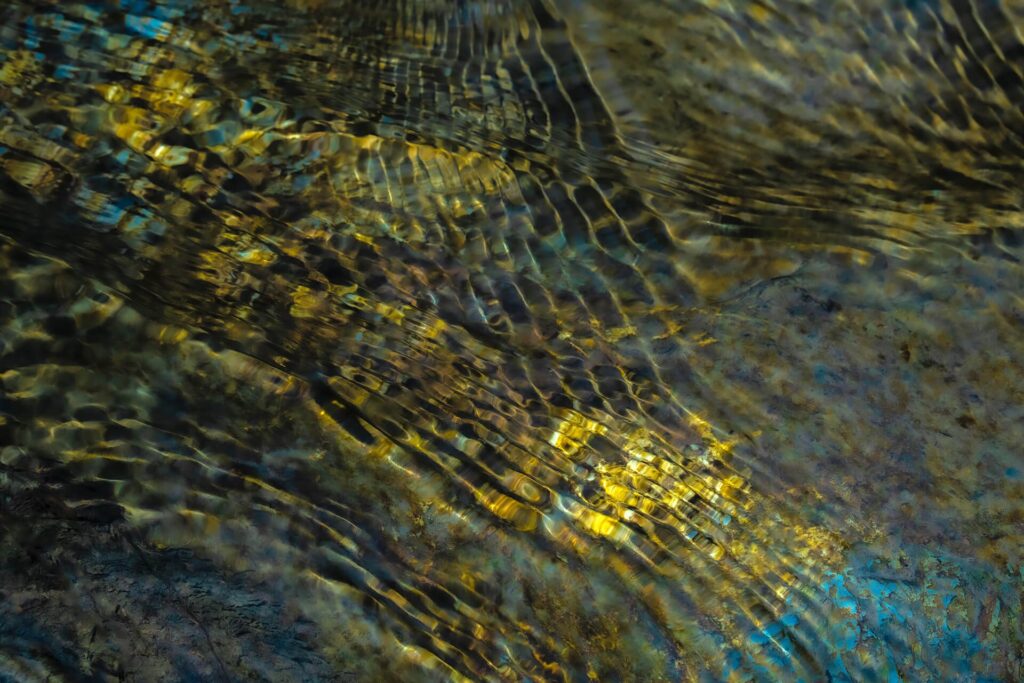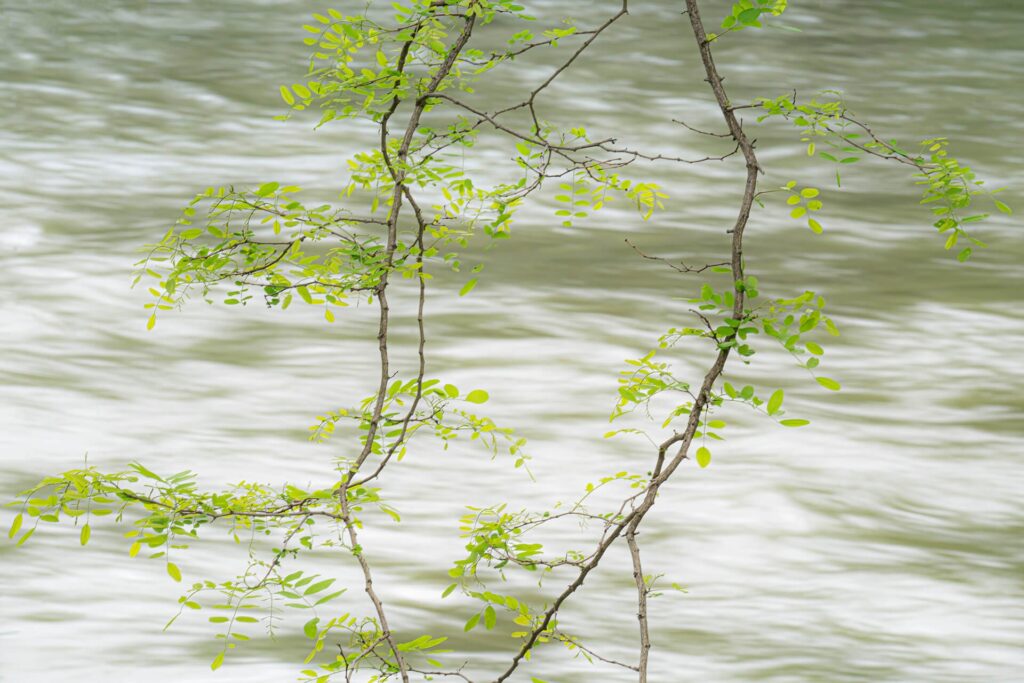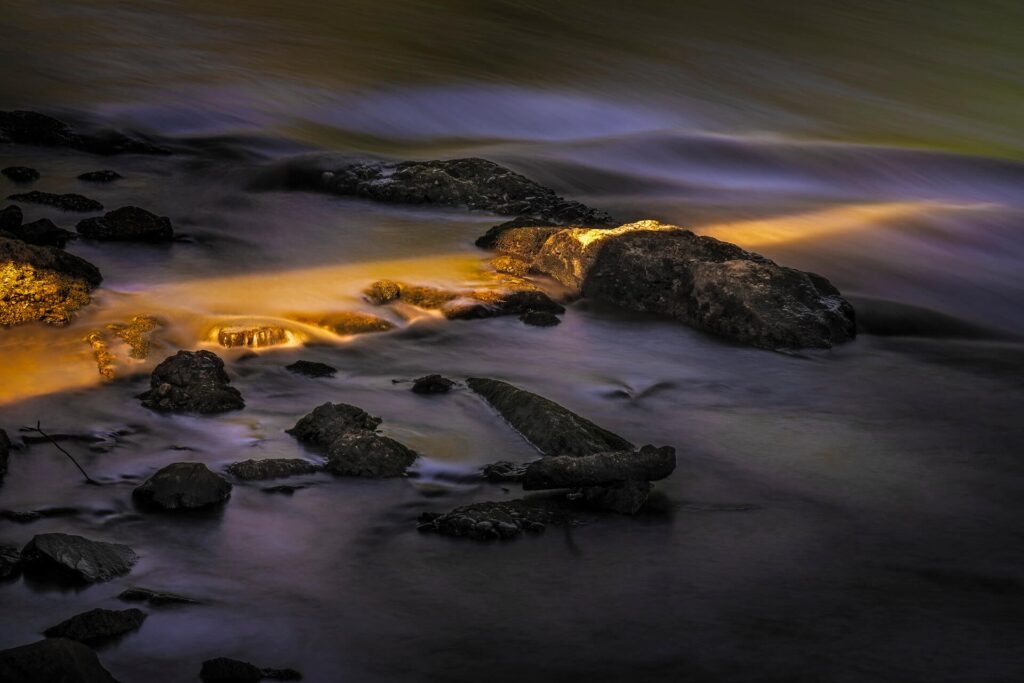Article by Astrid Preisz, Nature First Ambassador. Learn more about Astrid here.
About 60% of the human body is made up of water.
About 70% of the earth’s surface is covered by water.
No wonder water has such a strong attraction for photographers around the world. It is powerful, calming, carries us away, and embraces us.
I live in a medium-sized town surrounded by forests, rivers, streams, and lakes. We even have a small nature reserve for birds right in the city. So there’s plenty of nature for the city-based nature photographer, it would seem.

Water has always had a great attraction for me. I don’t have any spectacular waterfalls near me, nor an ocean, but I love making images at the streams, ponds, rivers, and bogs in my neighborhood. I love capturing the fleeting reflections with my camera, the water skipping over rocks, the birds bathing and diving for food.
As someone who loves to travel for her photography but loves even more to find beauty in the everyday scenes, she encounters close to home, I can’t help but notice that the ever-growing stream of photographers – with big cameras, but also just with their mobile phones – is putting a strain on these places.
For myself, spending time in nature is something that nourishes me and gives me peace in a hectic and stressful world. I can understand the need to be outside, and I can definitely understand the need to make images of the places we love and cherish. However, as nature photographers and lovers of the wild lands we also have a responsibility to our planet, which provides a habitat for all of us – animals and humans alike.

Unfortunately, I often encounter people who seem unable to enjoy the beauty of these areas without causing harm.
I have seen whole families happily taking selfies with rubber toys in the protected waterways of the bird sanctuary, letting their dogs swim in the water without thinking about the breeding grounds, and, when approached, pretending they “didn’t know” (even though there are signs everywhere).

I have seen photographers trample everything in their path in a sensitive moorland just to get closer and closer to their desired subject. No matter what.
I have seen the peaceful pond where I love to greet the sunrise trashed with the waste from another wild party from the previous evening.
I have seen rivers carrying plastic bags, cans, food scraps and even car tires. And my heart hurts. And it makes me sad.

When we engage in water photography, we may try to capture the beauty of waterfalls, lakes, the sea, or just a humble pond. It also gives us the opportunity to point out how our planet is struggling with droughts, pollution, littering, and often just too many people.
Water and aquatic habitats are a source of life, and we can do something to actively protect these places.
These are just a few suggestions:
Stay on the paths when you are in sensitive peatland areas, and if there are no paths, stay out altogether.
If you’re photographing in a bird sanctuary, use a long lens, stay out of the water and be quiet.
If you are wading in shallow water, watch where you put your feet as you may disturb some aquatic life.
Follow the “Leave no Trace” principles. Leave the places you visit better than you found them and take your (and others) litter back home with you.
Try not to photograph only the spectacular places – the little oases near your home can be just as rewarding.
Try to raise awareness in a respectful way; people may not even know that they were causing harm.

As nature photographers, we have a special connection to the natural world – professionals and amateurs alike. It provides us with our livelihood, it feeds our soul, it makes us happy. We can make a difference by spreading the word. For the good of nature and for the good of all of us, because after all, we are a part of it too.
